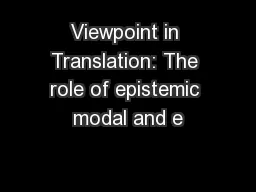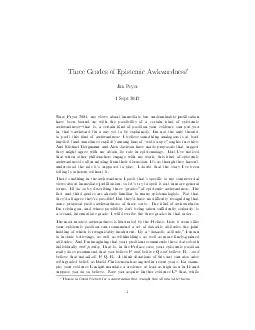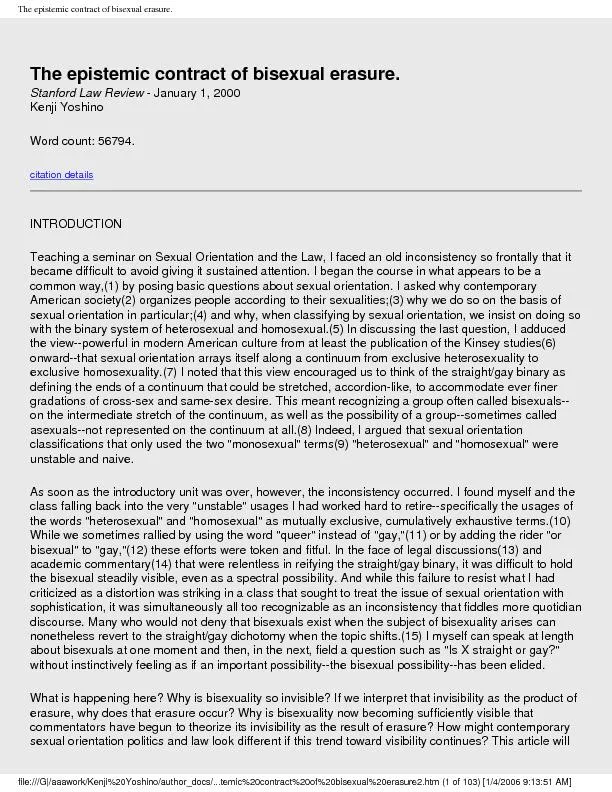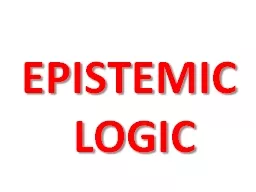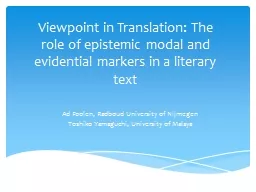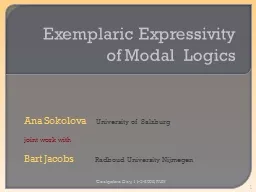PPT-Viewpoint in Translation: The role of epistemic modal and e
Author : phoebe-click | Published Date : 2016-04-08
Ad Foolen Radboud University of Nijmegen Toshiko Yamaguchi University of Malaya Utsukushisa to Kanashimi to 美し さと哀しみと Yasunari Kawabata 18991972
Presentation Embed Code
Download Presentation
Download Presentation The PPT/PDF document "Viewpoint in Translation: The role of ep..." is the property of its rightful owner. Permission is granted to download and print the materials on this website for personal, non-commercial use only, and to display it on your personal computer provided you do not modify the materials and that you retain all copyright notices contained in the materials. By downloading content from our website, you accept the terms of this agreement.
Viewpoint in Translation: The role of epistemic modal and e: Transcript
Download Rules Of Document
"Viewpoint in Translation: The role of epistemic modal and e"The content belongs to its owner. You may download and print it for personal use, without modification, and keep all copyright notices. By downloading, you agree to these terms.
Related Documents

